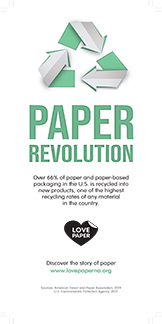West Fraser Timber reports a third-quarter loss of $204 million, driven by weak North American housing demand and a $67 million duty expense linked to finalized U.S. softwood lumber tariffs. Adjusted EBITDA fell to negative $144 million, down from positive $84 million in the prior quarter, with the lumber segment alone posting a $123 million EBITDA loss. The company cited elevated U.S. mortgage rates and a newly announced 10% Section 232 tariff on softwood lumber as key pressures, according to West Fraser Timber.
Sales declined to $1.31 billion in Q3 2025, down from $1.53 billion in Q2. Segment performance was broadly negative, including a $15 million EBITDA loss in North American engineered wood products and a $6 million loss in pulp and paper. Only the European EWP segment posted a marginal EBITDA gain of $1 million.
West Fraser repurchased 553 thousand shares during the quarter for $40 million and paid $25 million in dividends. Capital expenditures reached $90 million in Q3 and are expected to total $400 to $450 million for 2025, assuming stable market conditions.
The company lowered its 2025 shipment guidance for softwood lumber. SPF targets now range from 2.6 to 2.7 billion board feet (down from 2.6-2.8 billion), while SYP targets were revised to 2.4-2.5 billion board feet from the prior range of 2.4-2.6 billion. OSB shipment guidance was reiterated for both North America (6.3-6.5 billion square feet) and Europe (1.0-1.25 billion).
U.S. housing starts reached a seasonally adjusted annualized rate of 1.31 million units in August, with a trailing 3-month average of 1.37 million. Despite recent interest rate cuts by the U.S. central bank totaling 125 basis points since September 2024, West Fraser warned that tariff impacts, inflation risks, and potential economic slowdown may weigh on housing demand in the near term.
In Europe, the company expects slight demand improvements but acknowledges macroeconomic uncertainties and geopolitical risks that could offset housing recovery. Input costs remained largely stable across Q3, with some downward pressure on resin prices and easing constraints on labor and capital equipment availability.
Despite the operating loss, West Fraser emphasized its liquidity position with $546 million in cash and short-term investments and reaffirmed its strategy to maintain flexible operations, control costs, and pursue strategic investments aligned with long-term shareholder value.






















